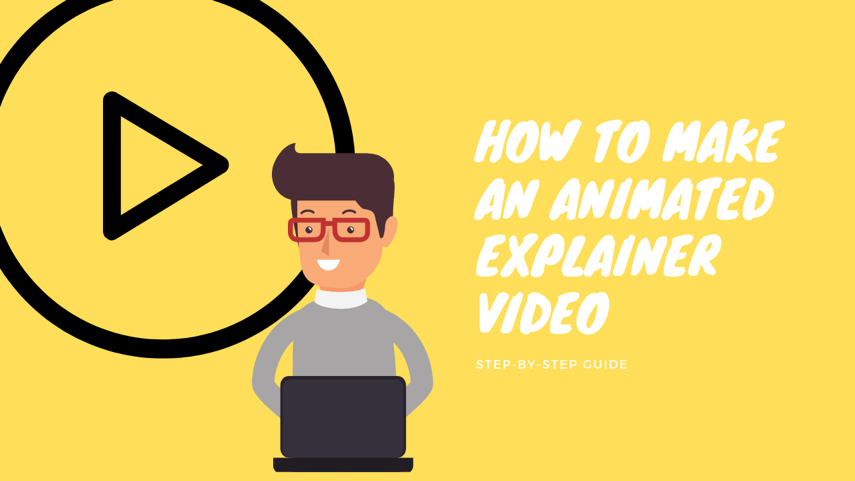Content Attributes
Moving images, whether on TV, social media, or the web, turn any message into an exciting story and thus capture the attention of the target audience. So, why not use this method in the field of education? In this blog post, you’ll learn why it’s important to incorporate learning videos, what options are available, and how to get started.
What is the definition of a learning video?
A learning or instructional video’s goal, as the name implies, is to impart knowledge in order to teach the viewer something. An educational video can be used as a stand-alone format or as part of a learning course, such as an e-learning course, but it can also be used during a live presentation.
Why is a learning video worthwhile?
Traditional learning methods have largely been turned on their heads in the last 12 months, both in education apps and in the workplace. Despite the lack of face-to-face training, learning videos are the ideal medium for interacting with the target group and effectively conveying content.
Everyone, of course, has their own learning habits. There are three types of learners: visual or auditory learners, readers, and practical learners who learn everything by “doing.” You can optimize your eLearning offering and take individual learning types into account with the help of embedded videos in your learning format. Also, among others, children educational video can be very useful.
However, there are numerous advantages to using a learning video:
- The viewer can watch it at any time, depending on their needs.
- Can be consumed from any location, saving money on travel costs, as is the case with classroom training.
- It may be repeated indefinitely and so serves as a useful help, particularly in the event of understanding issues.
- Various format possibilities are available, based on the target group’s and topic’s demands.
- Can be used for a variety of purposes: on the one hand, traditionally in the educational sector, such as in a classroom or a lecture, but also in the workplace for onboarding and continuing education.
Make your own educational videos
There are several procedures you should not skip while generating your movie, regardless of the format or tool you choose.
To ensure a properly prepared film in a business setting, it makes sense to deal with an agency or at the very least a freelancer. You can, of course, do it yourself if you have the appropriate knowledge and follow a few simple procedures.
The fundamental idea
What facts and information are you trying to get across? What are your expectations for the outcome? Of course, you should be clear about what is to be communicated and what learning you intend to accomplish from the start.
The target group and its demands should be investigated before deciding on the best format and distribution channel.
Planning
Why not turn on the camera and simply go for it? Your target audience is unlikely to be interested in it. Consider how you want to break the movie into pieces and which visual sequences correspond with which spoken words. Detailed preparation ahead of time prevents excessive trimming and so saves a significant amount of post-production time. Of course, the proper equipment should be given as well.
Script
It’s very vital to write a precise screenplay so that the most important elements are covered while also not going off on tangents.
Read the script out loud once, ideally in front of others, to ensure that everything is clear and understandable. For an explainer video, the script is equally as crucial as it is for a real film recording where you talk directly into the camera. Without a script, it’s easy to find yourself repeating things or paraphrasing them too complicatedly.
Voice-over
The script is recorded after the fact, depending on the format. Working with a professional voice-over artist with the proper tone and articulation may make sense depending on your preferences and resources. If you’re going to record the voice-over yourself, make sure you have a decent microphone, shoot in a calm place, and post-process the audio if required.
Post-production and filming
When all of the planning is complete, it’s time to begin shooting. The lighting conditions, picture quality, and backdrop should all be appropriate, as stated previously in the text. Following that, the recording should be optimized and any unneeded sequences removed.
Is it possible to make educational or explainer videos for free?
Explainer films with animation are popular, but they may be costly, particularly if you collaborate with an agency. Fortunately, there are a number of tools accessible today that make it simple to construct your own explainer movies. Well, it’s quite simple. Of course, a certain level of expertise is still necessary. You should also have some authoring, dubbing, and animation experience. Find more information here: https://explain.ninja/.
